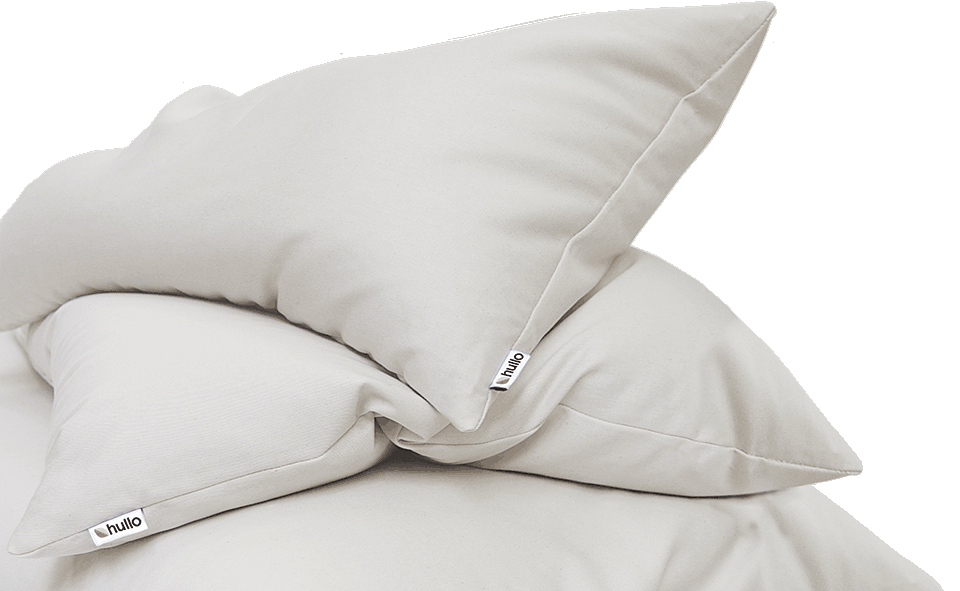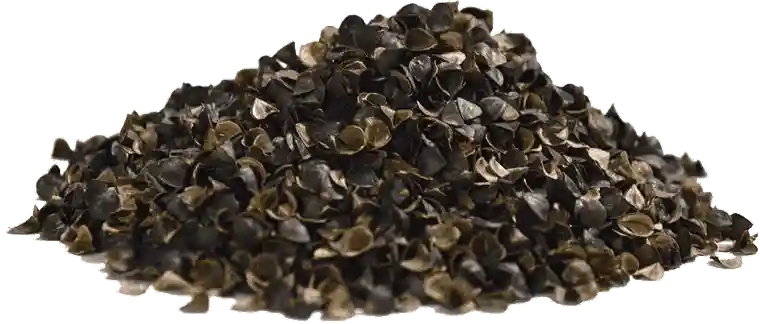Jeff Hubbard
Chesapeake, VA
Best Pillow for Me
Best pillow ever for me, however, I’m sure it’s not for everyone. It does take a slight adjustment getting used to it. I like firm pillows and a truly firm pillow is not easily found these days. This thing is amazing and I’ve been using mine for more than a year. I haven’t had a kink, crook or pain in my neck once since using it. In fact, I’ve told my wife, more than once, how great my neck feels. I can turn my neck completely left or right with absolutely no pain or hesitation. Almost feels like you do after a good massage.
Wow!
For a few years, I have been searching for a pillow that allows me to wake up without neck pain. I have literally spent nearly $1,000 on pillows. Soft, firm, memory foam, contour, gel, designed by sleep specialists, etc…
I have tried them all with no relief. I got my Hullo pillow yesterday and this morning is the first morning in years I have awoken with no neck pain. Love my Hullo!
Honest, Quality Company Making an Amazing, Quality Pillow
Ordering was easy and the company is up-front, honest, and helpful. The pillow is high quality and very comfortable. You will sleep well for two reasons: The pillow supports your neck like no other pillow. It keeps you cool, and unlike so many other pillows that have toxins and a toxic smell, this pillow is safe, which is the second reason you’ll sleep well. You’ll know that what your face is touching and what you’re breathing night after night for years to come is safe and not toxic to you or your family or pets. These are the only pillows anyone should ever buy.






